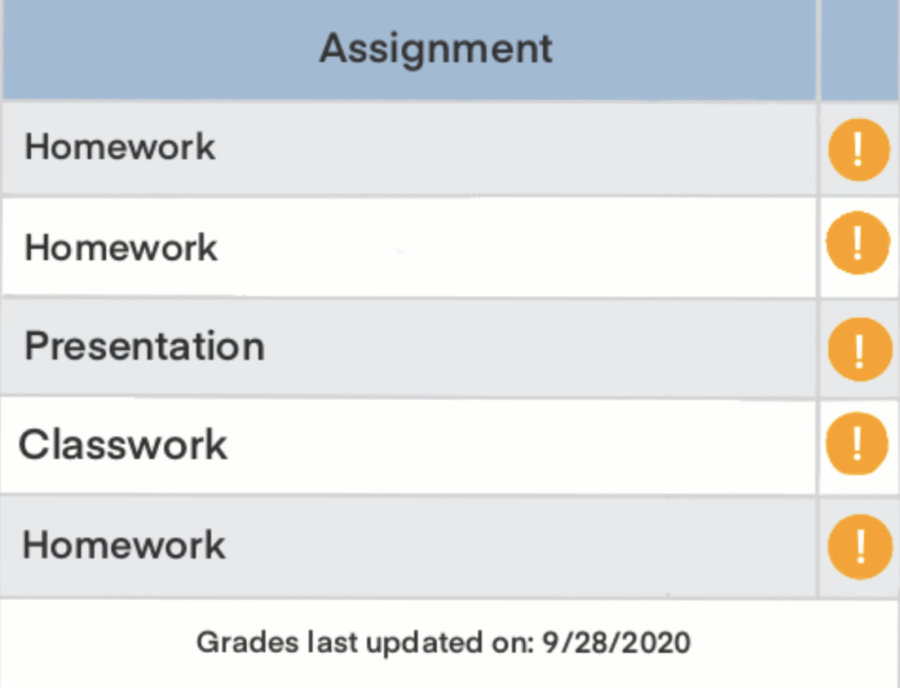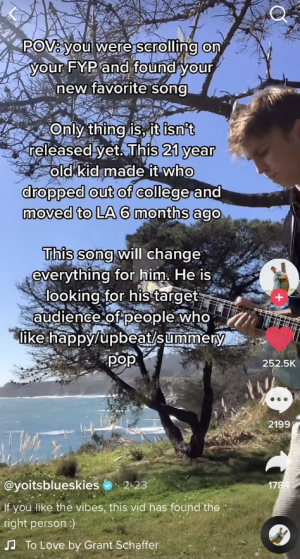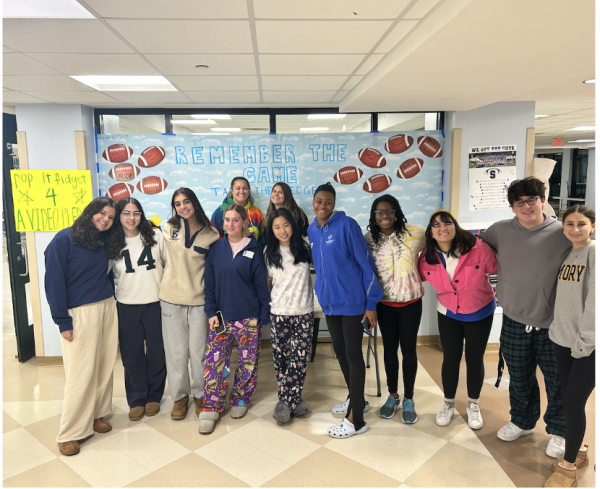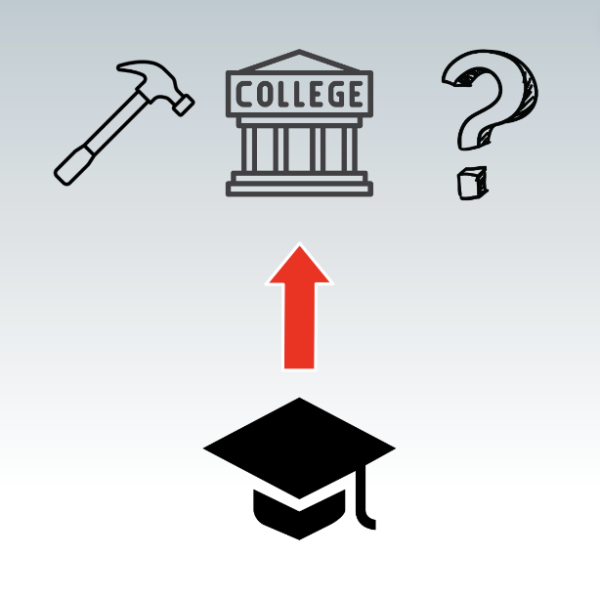Missing assignments decrease with post-pandemic schooling
During remote learning due to the COVID-19 pandemic, countless students had trouble with motivation, leading to assignments not being completed.
As you’re trying to fall asleep, you can’t take your eyes off of the clock on your bedside table. It strikes 12 a.m., and immediately you’re reminded of all of the assignments that just changed from “assigned” to “missing” on Google Classroom. You desperately wish that you could go back in time and complete them just to dodge the shameful lecture from your parents or that zero in Powerschool. But even if you could go back, you wouldn’t have the energy to do them anyway.
Due to COVID-19, many students suffered through the remote-learning and hybrid 2020-21 school year. Teachers and guidance counselors had no choice but to reach out to both parents and students regarding excessive amounts of missing work. A study conducted by Frontiers, an international research firm, recorded how changes in the schooling format through at-home learning impacted education. But now that school is back to normal, those assignments labeled “missing” have transformed for many into “turned in.”
According to Frontiers, 55.1 million students were affected by school closures during the COVID-19 pandemic. Frontiers also reported that intrinsic motivation was something that students were greatly lacking during their remote learning. Those who possess this quality find their school work interesting, which helps compel them to complete it. Whereas those who do not possess intrinsic motivation, tend to leave their work incomplete.
English teacher Brian Tippy, who has been teaching at Staples since 2006, saw a decrease in this intrinsic motivation when schools originally closed. However, since school has returned to normal, he has seen a significant increase. And with that, he recognizes that an engaging environment can make all the difference in a student’s motivation to succeed.
“There were a large number of students who either weren’t engaging with remote school at all, or were only engaging a little bit with remote school,” Tippy said. “So there were not just missing assignments, but students really not doing any work or any significant amount of work.”
Tippy felt responsible for all of his students’ ability to thrive in their academic careers. He made it his own business to make sure that they all succeeded, but sometimes teachers have to rely on others as well.
“Personally I reach out to every single one [student]. Even when we were remote we would call home. We would also use guidance counselors,” Tippy said.
There were a large number of students who either weren’t engaging with remote school at all, or were only engaging a little bit with remote school. So, there were not just missing assignments, but students really not doing any work or any significant amount of work.
— Brian Tippy
Along with Tippy, Staples guidance counselor P.J. Washenko saw similar problems with engagement across the students that he assists. He also works alongside teachers to contact students regarding their missing and late assignments.
“In some cases we’ll have conversations with teachers about concerns they have for students,” Washenko said.
Hailey Keeney ’25 was one of many to be reached out to by her counselor. She recalls having 18 missing assignments in one class during her eighth grade year.
“I did distance learning, so I was at home longer than most people,” Keeney said. “I feel like my mindset was like it’s not that big of a deal, because I don’t have to go into school and face my teachers and go actually into the class.”
Towards the end of that quarter, she was given the chance to make up those assignments, which helped to bring her grade up. Fast forward to today, Keeney takes pride in her grades and can confidently say that she is up to date on all of her work. She isn’t the only student who has changed their habits.
“If I have 100 students, I would say I have four or five missing significant work or turning in lots of stuff late,” Tippy said. “In the height of COVID, you know, I might have had five times as many students. Maybe a quarter of my students instead of 5% of my students were in that boat.”

Paper Opinions Editor Demi Sasson ’25 joined inklings because writing is the most prominent way she can express her thoughts and feelings.
“I think...































































